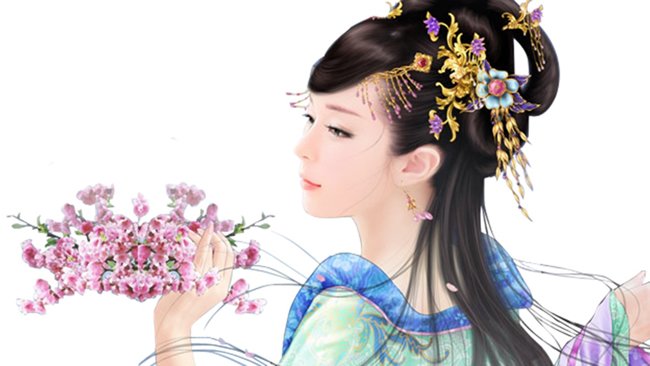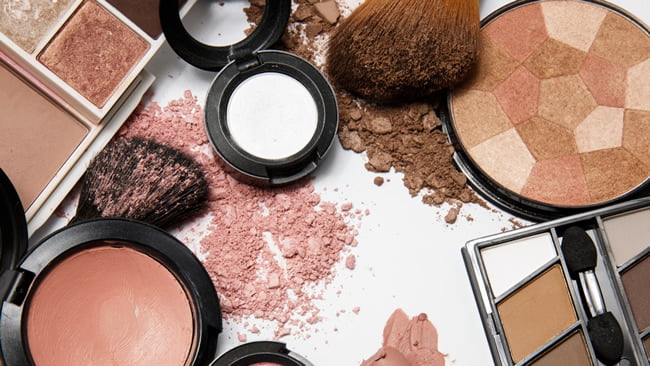Chinese Cosmetics Translation in Digital Transformation
The cosmetics industry in China is showing promise as a growing market. With increasing consumer income and the rise of related industries, Chinese cosmetic brands are expanding their presence in the international market. This blog will share with you how fast the Chinese cosmetic industry is growing, how Chinese cosmetics grow via digital transformation, and how to manage the translation of Chinese cosmetic materials into English.

About the Chinese Cosmetics Market
Based on the research by Euromonitor, China’s cosmetics market accounts for 12.7% of the global cosmetics market, becoming the second-largest market after the US. According to the National Bureau of Statistics, since 2013, the pace of yearly growth for the Chinese cosmetics industry has remained at 10% and the total retail sales has reached 299.2 billion RMB in total. In the Chinese cosmetics market, skincare products are the main consumer products and consistently account for over 50% of the Chinese cosmetics market.
Chinese Cosmetics in Digital Transformation
As the Millennials and Gen Z (Chinese call them “post-90s”) who grew up in the environment of online shopping and social media have become the main consumers, the digital transformation of the Chinese Cosmetics industry plays a crucial part. These young consumers not only collect and utilize online information but also shop online and provide their feedback. This allows brands to integrate consumer feedback into their products and marketing strategies.
Digital transformation is the integration of digital technology into all areas of a business, fundamentally changing how you operate and deliver value to customers. It’s also a cultural change that requires organizations to continually challenge the status quo, experiment, and get comfortable with failure.
In addition, for some third/fourth-tier cities in China where demand is growing rapidly but offline store availability is insufficient, digital channels are key to expanding the market. Some local brands have begun to understand these young Chinese consumers and are utilizing digital channels to move forward to gain higher market shares and improve their profitability in the long run.
As a result, the digital transformation of the Chinese cosmetics industry accelerates the demand for Chinese translation and localization, which also brings high return of investment to the Chinese cosmetic business
Translation of Chinese Cosmetic Brands
In academics, many translation theories have been developed and applied in the cosmetic industry, such as dynamic equivalence and the Skopos Theory. Today, we are not deep diving into theories, but looking at some translation strategies that are used in Chinese cosmetic translation and how they help promote the Chinese cosmetic industry.

1. Transliteration
Transliteration is the process of transferring a word from the alphabet of one language to another. For example “隆力奇” is translated into “Longliqi” so that the musicality of its original brand name remains. Brand names like “Yunifang”, “Meikang” and “Dabao” also keep their Chinese Pinyin (the official romanization system for Standard Mandarin Chinese) as the English translation. However, variations exist in transliteration, and sometimes the pronunciation may change slightly to cater to more international customers. For example, “Hanhoo”, “Mgpin” and “YUE-SAI”, allow the target customers to feel the sonority and musicality of the brand names. Additionally, when translating Chinese domestic cosmetic brand names, the linguists have strong cultural sensitivity to both Chinese and English. For instance, “安安” is translated as “ANAN” in English. Yet, “安安” in Chinese culture, means happiness while the translation “ANAN” loses the meaning of blessing in English culture.
2. Literal Translation
“Literal translation” is a word-for-word translation that sticks closely to the source text. It retains both the content and form of the original text, especially the figures, images, and national or local coloring of the original texts; and its purpose is to convey information. For example, the famous Chinese beauty brand “完美日记” is translated as “Perfect Diary”, which indicates to the customers that they will be perfect by wearing its products. Same effects are applied in the translation of Wetcode (“水密码”), Mask Family (“膜法世家”), Venus (“维纳斯”), etc.
3. Free Translation
Free translation is translating text in a way that reproduces the general meaning of the original text, and you can understand it as a kind of meaning-to-meaning translation. Free translation is used to bring target readers the same feeling as the original readers. The advantage of this approach is that it produces a smooth and expressive translation while retaining the meaning of the original name. For example, “相宜本草” is translated as “Sinoway Herb”, which implies its Chinese origin and indicates that herbs are used in its products. You can find other examples in the translation of these brands: Herborist (“佰草集”), For Beloved One (“宠爱之名”), Doctor Yu (“玉泽”), and MAXAM (“美加净”).
Conclusion
The rise of Chinese cosmetics is due not only with sales promotions but also with marketing strategies, in which translation and localization play a significant role in the process. While there are many translation theories and strategies that can be implemented in the Chinese cosmetics industry, free translation is one of the most dominant methods.
References:
Domestic Chinese Cosmetics Brands
The Rise of Chinese Beauty Brands
The Perspective of Skopos Theory
